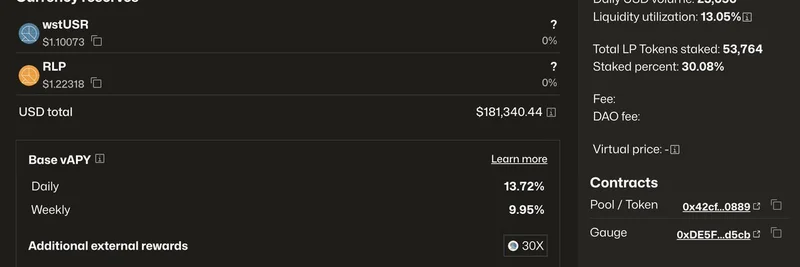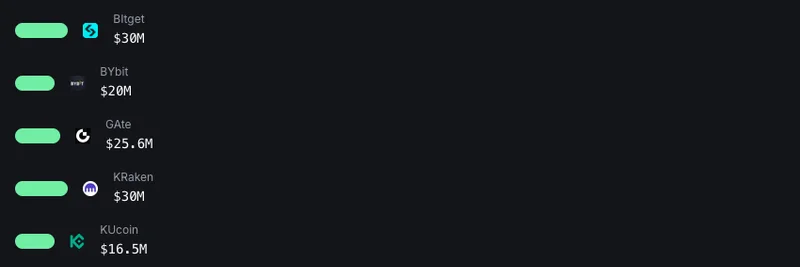Ignas, a prominent DeFi analyst and co-founder of PinkBrains_io, sparked a lively discussion on X with a practical question: If you've sold crypto and need to hold USDC (USD Coin, a stablecoin pegged to the US dollar) or EURC (Euro Coin, similarly pegged to the euro) untouched for a year, where should you park it to earn the best yield while minimizing risks and effort?
He noted that most yield opportunities in decentralized finance (DeFi) demand constant tinkering—like shifting between vaults or updating smart contracts—which isn't ideal for a set-it-and-forget-it approach. Ignas dismissed Aave, a popular lending protocol, as too basic, hinting at a search for more sophisticated yet low-maintenance options. This query ties into tax strategies, like Portugal's rule requiring a one-year hold for tax-free crypto gains.
The thread exploded with suggestions from DeFi enthusiasts, blending humor, innovation, and solid advice. Let's break down the key recommendations, explaining each in simple terms so even newcomers can follow.
Sneaky Swaps and Risky Plays
One cheeky reply from fabda.eth proposed secretly swapping USDC to ETH (Ethereum's native token), holding for the year, then selling just enough ETH back to cover the original amount and pocketing the rest. It's a wink at market upside but carries volatility risks—ETH could drop, leaving you short. Not exactly "sleep well" material, but it highlights how some blend stables with growth assets.
Delta Neutral Strategies and Vaults
Duo Nine from YCC suggested HLP Vaults for bear markets, where yields hold steady amid downturns. He also mentioned farming 20% APY (annual percentage yield) via delta neutral strategies—essentially balancing positions to neutralize market swings, like pairing longs and shorts. However, this requires weekly checks, which Ignas flagged as too hands-on.
For something more passive, Resolv's wstUSR/RLP pools caught attention, offering around 13.72% daily vAPY (variable APY) based on liquidity utilization. These involve wrapped staked USR (a yield-bearing stable) and RLP (likely a liquidity provider token). Ignas questioned LP (liquidity provider) pools for tax implications but appreciated their simplicity.
Lending Protocols with a Twist
Samyak Jain of Instadapp recommended Fluid lending, praising its upcoming Fluid USD Lite vault for optimized yields. Fluid acts like a supercharged lending platform, automating rates across chains for better returns without constant oversight. It's live now, making it a strong contender for effortless earning.
Autopilot Solutions for Stables
TokemakXYZ jumped in with their Autopools: baseEUR at 8.31% APY and baseUSD at 13.60% APY. These automatically rebalance your assets across DeFi protocols on Base (a layer-2 blockchain) to chase the best yields. Deposit once, and the system handles the rest—perfect for year-long holds. With over $105 million in TVL (total value locked), it's battle-tested.
Long-Term Survivors like sUSDS
Adrian DeFi touted $SKY's sUSDS (staked USDS, from the Sky ecosystem, formerly MakerDAO), claiming it'd weather any bear market. This involves staking a stablecoin derivative for yields backed by real-world assets, offering stability and passive rewards. It's a nod to protocols designed for endurance.
Ignas' thread underscores a core DeFi challenge: balancing yield with safety and simplicity. For blockchain practitioners eyeing meme tokens or broader crypto, these strategies can safeguard proceeds while compounding gains. Always DYOR (do your own research) and consider risks like smart contract vulnerabilities or impermanent loss in pools.
Check out the full thread on X here for more community gems. What's your go-to for passive stable yields? Share in the comments!
Disclaimer: Grok is not a financial adviser; please consult one. Don't share information that can identify you.




